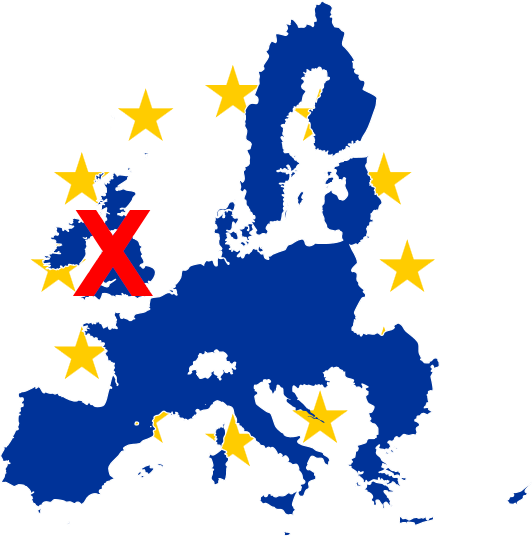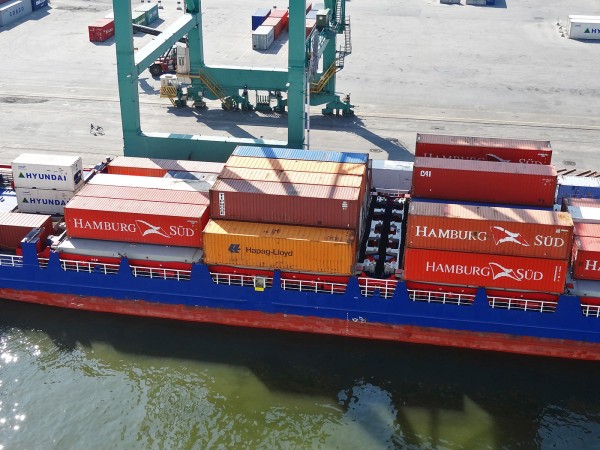 With the Conservatives having lost their majority in Parliament in the recent UK election, there is renewed discussion of the form that Brexit might take. EU states are members of the single market and the customs union. A ‘hard Brexit’ involves leaving both and this was the government’s stance prior to the election. But there is now talk of a softer Brexit, which might mean retaining membership of the single market and/or customs union.
With the Conservatives having lost their majority in Parliament in the recent UK election, there is renewed discussion of the form that Brexit might take. EU states are members of the single market and the customs union. A ‘hard Brexit’ involves leaving both and this was the government’s stance prior to the election. But there is now talk of a softer Brexit, which might mean retaining membership of the single market and/or customs union.
The single market
Belonging to the single market means accepting the free movement of goods, services, capital and labour. It also involves tariff-free trade within the single market and adopting a common set of rules and regulations over trade, product standards, safety, packaging, etc., with disputes settled by the European Court of Justice. Membership of the single market involves paying budgetary contributions. Norway and Iceland are members of the single market.
The single market brings huge benefits from free trade with no administrative barriers from customs checks and paperwork. But it would probably prove impossible to negotiate remaining in the single market with an opt out on free movement of labour. Controlling immigration from EU countries was a key part of the Leave campaign.
The customs union
This involves all EU countries adopting the same tariffs (customs duties) on imports from outside the EU. These tariffs are negotiated by the European Commission with non-EU countries  on a country-by-country basis. Goods imported from outside the EU are charged tariffs in the country of import and can then be sold freely around the EU with no further tariffs.
on a country-by-country basis. Goods imported from outside the EU are charged tariffs in the country of import and can then be sold freely around the EU with no further tariffs.
Remaining a member of the customs union would allow the UK to continue trading freely in the EU, subject to meeting various non-tariff regulations. It would also allow free ‘borderless’ trade between Northern Ireland and the Republic of Ireland. However, being a member of the customs union would prevent the UK from negotiating separate trade deals with non-EU countries. The ability to negotiate such deals has been argued to be one of the main benefits of leaving the EU.
Free(r) trade area
The UK could negotiate a trade deal with the EU. But it is highly unlikely that such a deal could be in place by March 2019, the date when the UK is scheduled to leave the EU. At that point, trade barriers would be imposed, including between the two parts of the island of Ireland. Such deals are very complex, especially in the area of services, which are the largest category of UK exports. Negotiating tariff-free or reduced-tariff trade is only a small part of the problem; the biggest part involves negotiating product standards, regulations and other non-tariff barriers.
All the above options thus involve serious problems and the government will be pushed from various sides, not least within the Conservative Party, for different degrees of ‘softness’ or ‘hardness’ of Brexit. What is more, the pressure from business for free trade with the EU is likely to grow. Brexit may mean Brexit, but just what form it will take is very unclear.
Articles
Free trade area, single market, customs union – what’s the difference? BBC News, Jonty Bloom (12/6/17)
Brexit: What are the options? BBC News (12/6/17)
After the election, the real test: Brexi The Economist (8/6/17)
May’s Ministers Plot Softer Brexit to Keep UK in Single Market Bloomberg, Tim Ross, Alex Morales and Svenja O’Donnell (11/6/17)
UK’s Hung Parliament Raises Business Hopes for a Softer Brexit Bloomberg, Stephanie Baker and James Paton (12/6/17)
Do not exaggerate the effect the election will have on Brexit Financial Times, Wolfgang Münchau (11/6/17)
What is soft Brexit? How could it work as UK negotiates leaving the EU? Independent, May Bulman (12/6/17)
Brexit-lite back on the table as Britain rethinks its options after election The Guardian, Dan Roberts (11/6/17)
Review plan to quit EU Customs Union, urges FTA FoodManufacture.co.uk, James Ridler (12/6/17)
Freight leaders urge government to review decision to leave EU customs union RTM (12/6/17)
Paper
Making Brexit work for British Business: Key Execution Priorities M-RCBG Associate Working Paper No. 77, Harvard Kennedy School, Peter Sands, Ed Balls, Sebastian Leape and Nyasha Weinberg (June 2017)
Questions
- Explain the trading agreement between Norway and the EU.
- How does the Norwegian arrangement with the EU differ from the Turkish one?
- What are meant by the terms ‘hard Brexit’ and ‘soft Brexit’?
- How does a customs union differ from a free trade area?
- Is it possible to have (a) a customs union without a single market; (b) a single market without a customs union?
- To what extent is it in the EU’s interests to negotiate a deal with the UK which lets it maintain access to the customs union without having free movement of labour?
- The EU insists that talks about future trading arrangements between the UK and the EU can take place only after sufficient progress has been made on the terms of the ‘divorce’. What elements are included in the divorce terms?
- If agreement is not reached by 29 March 2019, what happens and what would be the consequences?
- Will a hung parliament, or at least a government supported by the DUP on a confidence and supply basis, make it more or less likely that there will be a hard Brexit?
- For what reasons may the EU favour (a) a hard Brexit; (b) a soft Brexit?